



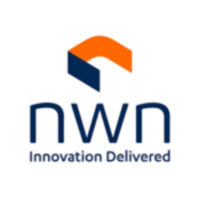


BluLogix – Empowering Growth with
More revenue, profitability, and agility, more intricate solutions, and quicker turnarounds in highly competitive sectors.
BluIQ is designed for companies who want more. More pricing options, more transparency into revenue streams, more integration and end-to-end automation, more margin optimization. From managing complex pricing structures to performing multi-data source ratings and mediation to our exclusive real-time margin analyzer, BluIQ empowers companies looking for more. |

BluIQ is your end-to-end subscription management and billing platform that helps you grow at warp speed.
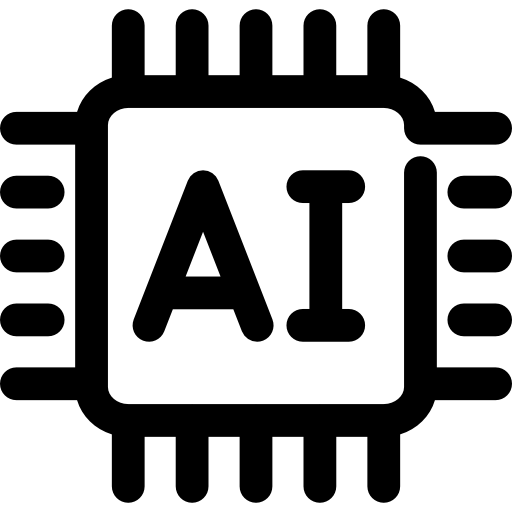
Eliminate billing complexity, maximize revenue, and scale faster with BluIQ. AI companies need flexible, scalable billing to support complex usage-based, hybrid, and subscription pricing models.
Fuel innovation, revenue, and profits with BluIQ's SaaS solutions. Manage multiple pricing models, analyze margins, automate provisioning, and prevent revenue leaks - all in one powerful platform.
Accelerate revenue growth and scalability by simplifying your billing complexities. With BluIQ, you can plug revenue leakage, launch products faster, take advantage of every revenue opportunity, enhance customer engagement, and achieve unrivaled backend excellence.
Power up your enterprise services with BluIQ’s agile chargeback & cost recovery solutions. Enjoy seamless integrations and scalable processes designed to drive your IT Financial Management (ITFM) goals
For Telecom, UCaaS, and Fiber companies, leverage the most comprehensive billing platform in the industry with support for any pricing model, best-of-breed channel management, real-time margin analytics, and one of the most robust ratings and mediation engines in the industry.
Unleash the potential of IoT with our advanced billing capabilities. Scale effortlessly, bill based on usage, and gain valuable insights into your IoT ecosystem.
Leverage usage-based chargeback & cost recovery for IT Financial Management (ITFM) practices to reduce costs, standardize infrastructure and lead digital transformations that drive policies and standards, including security and the ability to have the same infrastructure across agencies.
Discover the BluLogix advantage, where revenue and profit growth is limitless and efficiency is unparalleled. Empower your business with industry-leading subscription management and billing monetization solutions. Unlock new revenue streams, enhance customer experience, streamline your processes and drive profitability with BluLogix by your side.
Ready to take the leap towards success? Contact us today to schedule a personalized demo and see the transformative impact of BluLogix in action. Let’s redefine growth and efficiency together!
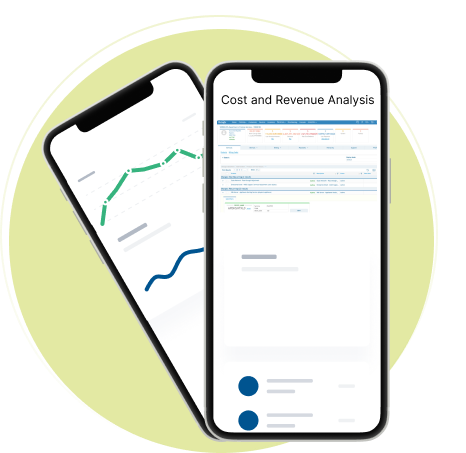
Harness the power of seamless data integration with your existing CRM, ERP, and other systems. Make data flow effortlessly, ensuring accurate reporting and analysis.
Lower customization costs by up to 80% with our Cloud Extensibility Platform. Our pre-built components enable rapid customization, ensuring you stay agile in a dynamic market.
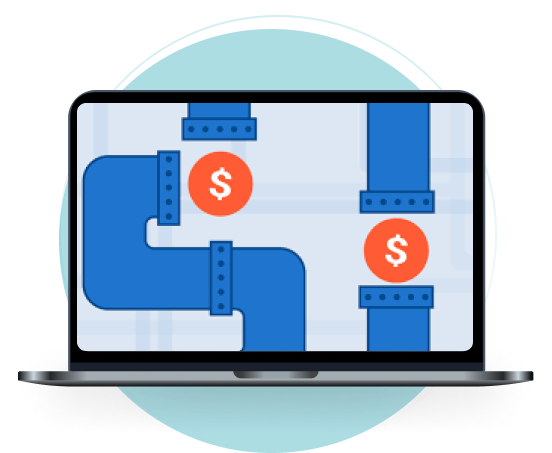

As your company grows, BluLogix grows with you. Our solutions are designed to handle complexity and volume with agility, ensuring you never miss an opportunity.
Identify and eliminate revenue leakage with our powerful billing platform. Optimize revenue recognition, streamline processes, and maximize your bottom line.
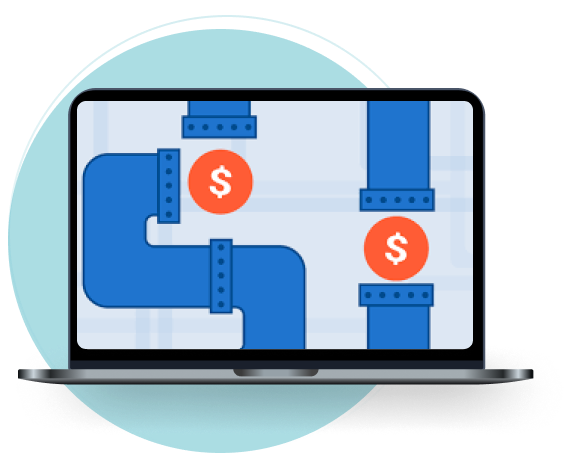
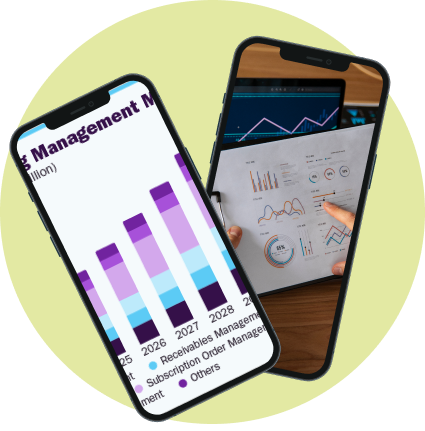
Analyze margins and costs at a granular level, optimize profits, and make informed decisions for sustainable growth.
Ready to take the leap towards success? Contact us today to schedule a personalized demo and see the transformative impact of BluLogix in action. Let’s redefine growth and efficiency together!








President, Allnet Air Inc. - Telecommunications
Best Outsourced Billing for Mobility

Manager, Cloud Billing - Computer Software
BluLogix has been a great partner.
“Over the last several years, I have seen continual enhancements and additions to the platform. BluLogix has created a comprehensive solution for users. They provide great communication regarding upgrades and address concerns thoroughly and timely.”

Marketing, Graphic Design & Social Media Management - Marketing and Advertising
Fantastic platform. Recommend!
Subscription Management and Billing Resources

There’s little dispute that digital transformation has affected nearly every aspect of B2B commercial activity. Success in the digital economy requires that organizations move beyond traditional ways of doing business while accelerating market-facing responsiveness across all functional areas.

The Usage Economy is on the rise, as companies look to add usage and consumption pricing models to their offerings. Usage pricing provides numerous benefits – a financially attractive entry point to try services, pay-as-you-go offers, and a better match of price to value delivered/consumed. But usage models can also be financially risky and operationally challenging to implement.

Layoffs of key staff, needing to do more with less, pressures around growing profitably, attracting new customers and reducing churn, all while remaining accurate and compliant.

The SaaS industry has experienced a significant shift in recent years, with recurring revenue models taking center stage. Subscription and usage-based pricing strategies have emerged as powerful tools for accelerating growth and driving success in the SaaS business landscape. With almost half of companies having some form of usage-based pricing, and another 15% trialing it*, for many companies, it’s time to not only get on the bandwagon, but get to scale quickly.

Subscription business models are becoming the standard in industries such as Software-as-a-Service, IoT, UCaaS, and cloud computing, to name a few.
| Cookie | Duration | Description |
|---|---|---|
| cookielawinfo-checbox-analytics | 11 months | This cookie is set by GDPR Cookie Consent plugin. The cookie is used to store the user consent for the cookies in the category "Analytics". |
| cookielawinfo-checbox-functional | 11 months | The cookie is set by GDPR cookie consent to record the user consent for the cookies in the category "Functional". |
| cookielawinfo-checbox-others | 11 months | This cookie is set by GDPR Cookie Consent plugin. The cookie is used to store the user consent for the cookies in the category "Other. |
| cookielawinfo-checkbox-necessary | 11 months | This cookie is set by GDPR Cookie Consent plugin. The cookies is used to store the user consent for the cookies in the category "Necessary". |
| cookielawinfo-checkbox-performance | 11 months | This cookie is set by GDPR Cookie Consent plugin. The cookie is used to store the user consent for the cookies in the category "Performance". |
| viewed_cookie_policy | 11 months | The cookie is set by the GDPR Cookie Consent plugin and is used to store whether or not user has consented to the use of cookies. It does not store any personal data. |
